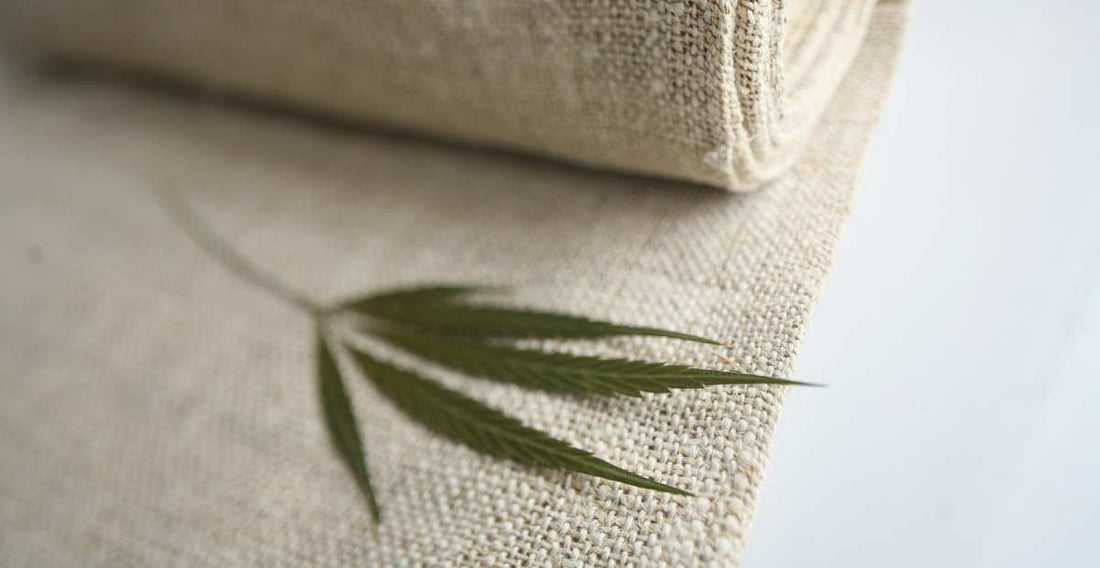
Costa Rica Hemp: The Sustainable Future of Fashion
BY NAMUBAKShare
Hemp is a plant with a rich history that has been cultivated and used by humanity for thousands of years. In Costa Rica, hemp is gaining popularity not only for its ecological benefits but also for its application in the textile industry. In this article, we will explore why Costa Rica hemp is positioning itself as a key resource in sustainable fashion.
What is Hemp and Why is it Important?
He hemp It is a variety of the plant Cannabis sativa , cultivated specifically for its fibers and seeds, has a very low THC content, which distinguishes it from marijuana. Throughout history, hemp has been used to produce a wide range of products, from textiles and rope to food and oil. Its versatility and sustainability have made it an invaluable resource.
History of Hemp and Its Evolution in the Textile Industry
He hemp thread Hemp has been a mainstay of textile production for over 10,000 years. In ancient civilizations such as China and Mesopotamia, it was used to make rope, cloth, and paper. With the arrival of Christopher Columbus in the Americas, hemp was established as an essential crop. However, due to legislation such as the Marijuana Tax Act of 1937, its cultivation was prohibited, allowing cotton to take the lead in textile production.
Today, hemp is re-emerging as a sustainable alternative to cotton, thanks to its lower water requirements, natural pest resistance, and ability to capture CO2 from the environment.
Types of Hemp and Their Applications in Fashion
There are several types of hemp , but in the textile industry, industrial hemp is the most widely used. This type of hemp is grown primarily for its long, strong fibers, ideal for making clothing, bed sheets, and other durable textiles.
He hemp properties This makes it exceptional for fashion: it's durable, breathable, hypoallergenic, and gets softer with each wash. Plus, hemp clothing is naturally resistant to mold and odor, making it an ideal choice for those seeking quality and sustainability in their clothing.
How to Make Hemp Fabric: From Field to Closet
The process of how to make hemp fabric Hemp production begins in the field, where hemp plants are grown and harvested. Fibers are extracted primarily from the plant's stalks through a process called decortication, where the fibers are separated from the woody material of the stalk. These fibers are then spun into a hemp thread resistant, which can be woven into various fabrics.
Hemp fabric production requires less water and pesticides than cotton, making it a more eco-friendly option. Furthermore, hemp fabric is highly versatile and can be blended with other materials like cotton and linen to create even softer and more comfortable fabrics.

Hemp Oil: A Versatile Byproduct
In addition to textile use, hemp also produces Hemp oil , which is extracted from the plant's seeds. This oil is rich in essential fatty acids and has applications in both the food and cosmetics industries. Although not directly related to textile production, hemp oil is another example of hemp's versatility and value in multiple industries.

Hemp Clothing: Sustainability in Your Everyday Wear
The hemp clothing Hemp is gaining ground in the sustainable fashion industry. By choosing clothing made from hemp, you're not only opting for durable, high-quality garments, but you're also contributing to a more sustainable future. Hemp clothing, like Namubak's hemp shirts, offers a perfect combination of comfort, style, and environmental responsibility.
Where to Buy Hemp Fabric in Costa Rica?
If you are interested in exploring more about hemp and its application in textiles, it is natural to wonder where to buy hemp fabric . In Costa Rica, several specialty stores and sustainable brands, such as Namubak, are beginning to offer these products, such as Namubak hemp shirts . Buying hemp locally not only supports a sustainable economy, but also ensures you're purchasing high-quality, environmentally friendly products.

